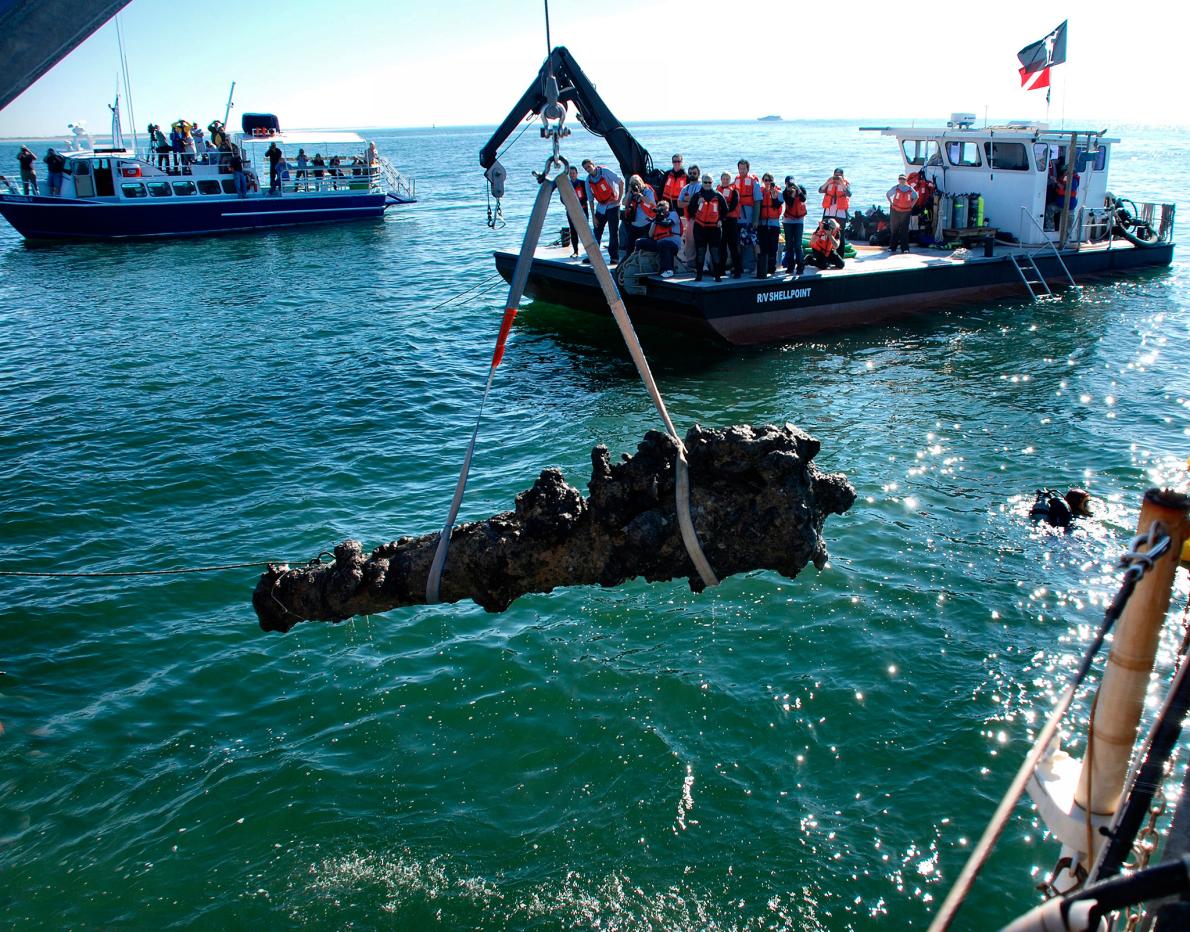International Legal Interpretation as a Game: A Compelling Analogy?
A review of Interpretation in International Law. Edited by Andrea Bianchi, Daniel Peat and Matthew Windsor. Oxford: Oxford University Press. 2015. Pp. 432. $120.00.
By Odile Ammann
The interpretation of international law poses a myriad of challenges: interpretative authority is dispersed, the sources of international law are non-hierarchical, and its norms are often highly indeterminate—be it because they are designed to apply to many different legal orders, result from compromises, or are unwritten, like customary international legal norms and general principles. Moreover, States are often simultaneously the creators, subjects, primary interpreters, and enforcers of international legal norms, which may cast doubt on their interpretative objectivity.
This book is one of the latest scholarly works tackling the issue of interpretation in international law. Its primary theme is the claim that interpretation in international law is analogous to a game with rules, players, and a goal that can be achieved through different strategies. The contributors illuminate the topic from a range of different theoretical perspectives, such as rhetoric (Iain Scobbie), literary theory (Michael Waibel, René Provost), comparative law (Anne-Marie Carstens), textualism (Fuad Zarbiyev), Nietzschean philosophy (Jens Olesen), the theory of speech acts (Jens Olesen, Ingo Venzke), legal sociology (Martin Wählisch), and linguistics (Ingo Venzke). Three chapters, written by Daniel Peat and Matthew Windsor, Andrea Bianchi, and Ingo Venzke, closely scrutinize the similarities and differences between international legal interpretation and games.
Daniel Peat and Matthew Windsor start with the observation that the current “state of play” of international legal scholarship and interpretive practice suffers from several shortcomings: it is often confined to treaty law and to the “rules” of the Vienna Convention on the Law of Treaties (“VCLT”); it myopically focuses on the international legal realm instead of looking to other legal and extra-legal interpretative practices; and it fails to address and theorize the broader purpose and “mechanics” of interpretation on the international plane. The editors’ aim is to offer “a set of tools for deeper reflection on interpretation in international law.” In this project, the game serves as a “heuristic framework,” illuminating the fact that international law is a social practice and that the constraints within which its interpretation operates open up a space of interpretative freedom.
Andrea Bianchi unpacks the shared characteristics of games and interpretation in international law. The object of the game is to convince others of the correctness of one’s interpretation. While some of the players, including international courts and especially the ICJ, are “more equal than others,” as Orwell would put it, a wide range of participants are involved in the game of interpretation, including NGOs, professional associations and even the research assistants of academics. The game also involves cards, mostly contained in the VCLT, which are often “twisted and bent.” Bianchi then turns to the players’ strategies, that is, the plans designed to help them achieve their aims. In international law, interpreters often use rhetorical tools to increase the persuasiveness of their reasoning, especially when their solution departs from the general rule or from previous cases. Another facet of the game is the question of why players play “the game of game playing.” It pertains, in other words, to the “meta-discourse” about the game. Bianchi espouses a view close to Duncan Kennedy’s description of adjudication as “a work with purpose“: interpreters, Bianchi argues, approach their task with a specific goal in mind and try to make their interpretations conform with it. “Why is the game worth the candle?” Bianchi finally asks. Like the lottery, playing is the only way of winning. Yet unlike what happens in a game of chance, the interpreter of international legal norms can try to influence the game itself. Playing the game through accepted moves gives the players a sense of belonging and strengthens the game’s “coherence and stability,” undermining criticisms of the game’s legitimacy.
Ingo Venzke takes the metaphor of “the language of international law” seriously and analyzes it jointly with the “game analogy.” Applied to international legal interpretation, the language metaphor has at least three dimensions: the language of interpretation is a way to resist the powerful, a standard against which their actions can be appraised; it facilitates communication, especially in situations of disagreement and conflict; and it offers a tool by which interpreters can influence the interpretative result. Venzke notes that international legal interpretation is a performative, law-creating act, and that the success of an interpretation is determined not by the rules, but by the practice of international law. Thus, Venzke is not ready to concede that international legal interpretation is comparable to a game, at least not a game of chess where the players’ moves leave the rules of the game intact. In legal interpretation, “as in language, we make up the rules ‘as we go along.’”
The game analogy on which the contributors rely raises four questions on which it is worth pondering. First, how to deal with the wide range of different games the comparison may elicit? Second, what are the stakes involved in international legal interpretation, and is interpretation necessarily adversarial? Third, can players shape the “rules” of the game? Lastly, what work is the game analogy really doing when applied to international legal interpretation?
What kind of game?
While the book cover displays a game of chess, the editors refrain from choosing a particular game. Their aim is to explore both the potential and the limits of the game analogy. The multifaceted nature of games opens up many interesting parallels, but also creates difficulties. Is international legal interpretation comparable to some games only? Can games as a category provide more than a very thin conceptual tool? If Venzke is right that the “rules” of the game of interpretation change with time, do some games drop out of the analogy? Another difficulty pertains to the normative value of playing the game. Are some games (or certain aims of the players) bad, and according to which criteria? When does an activity stop being a game? Likewise, are some interpretations legally or morally wrong? And what is a legally or morally compelling (as opposed to a merely rhetorically convincing) interpretation?
What are the stakes?
The language of games can also trivialize international legal interpretation—most games do not affect our legal rights and obligations. An unhappy ending to the game of Russian roulette can trigger (if one dare say so) criminal and civil responsibility; yet one may wonder if such an activity has not ceased to be a game. The editors caution against overestimating the “recreational” aspect of games. Yet few games involve stakes as high as those commonly associated with international legal interpretation. The game analogy could also disparage the importance of the legal constraints interpreters must observe and, thereby, encourage unilateralism and self-serving interpretations violating international law. As Venzke writes, in international law, “we make up the rules ‘as we go along’”. Yet if the referee of a soccer game informs the players that they can use their hands to pass the ball around and eventually score, are they still playing soccer? Moreover, on this alleged flexibility of the rules governing the game, it is worth noting, as Hart does in The Concept of Law, that even a sports game is not equivalent to playing “scorer’s discretion,” where the scorer is not bound by any rules.
Another related issue is that games connote an adversarial activity. Even if they often involve teams and can be cooperative, as the editors explain, there is at least one (real or virtual) opponent against whom the player wins or loses. Thus, whether a common interest truly exists in games is open to doubt. While the question also arises in international law, which is governed by the principle of auto-interpretation by states, at least some international legal instruments deal with global common goods or with the relationship between the state and its citizens and, arguably, do not fit this adversarial logic.
How to shape and identify the rules of the game?
A third set of questions pertains to the rules of the games and to their stability. International legal norms often display a high degree of vagueness and need to be made more precise in order to be applied to particular cases. Yet the contributors do not analyze in great depth the process by which the “rules of the game” are changed. The distinction between rules establishing rights and obligations (Hart’s primary rules) and rules stating how primary rules are to be identified, changed and adjudicated (secondary rules) would deserve further analysis, especially given the unequal contribution the different “players” make to the primary and secondary norms of international law and the difficulty for a player to change secondary norms unilaterally. The domestic courts in one state, for example, must be able to “team up” with other international and domestic institutions if their interpretations are to create or change international law—via customary international law or other means.
One may also wonder whether the term “rule” is appropriate in international law. In international human rights law, it might be more accurate to speak of primary and secondary principles instead of rules, given the margin of appreciation states usually enjoy to implement these norms domestically. Since the contributors deplore the “rule-based” approach in international legal practice, it would be worth inquiring whether games can be governed by principles requiring further interpretation.
Lastly, while treaty interpretation is undoubtedly of high practical importance, few contributors think outside the VCLT box to clarify how unwritten norms of international law—for instance, customary international legal norms and general principles of international law—ought to be ascertained. The appropriate methods of identification of customary international law, in particular, are currently at the heart of scholarly debates due to the current work of the International Law Commission (“ILC”) on the matter. Whether customary norms also exist in the world of games, and how the players can identify them and make them evolve, would be questions worth asking in order to contribute to the ILC’s efforts.
What are the analogy’s normative implications?
A last question raised by the game analogy is what work this analogy does, and especially what its normative implications are. The editors argue that the game metaphor has “more than an ornamental value,” yet what purpose the metaphor is intended to serve remains unclear. “[I]f metaphor is the dreamwork of language, then analogy is the brainstorm of jurists’-diction,” Scott Brewer writes. Analogical reasoning is compelling if the analogy-warranting rule and the analogy-warranting rationale, as Brewer calls them, are convincing. While the former clarifies the logical relationship between the characteristics shared by the two items that are being compared and an additional characteristic both items are inferred to possess, the latter justifies why this logical relationship should have legal consequences. It would be useful for the reader to know what to infer from the shared characteristics between games and international legal interpretation, and to learn more about the legal consequences—if any—of the game analogy and its normative justification.
Lastly, given the gap that still exists in legal theory and legal philosophy with regard to the interpretation of international legal norms, the game analogy would perhaps benefit from an explanation as to why the interpretation of international law specifically is relevantly similar to a game. This would contribute to filling a jurisprudential vacuum, as many legal scholars and philosophers have referred to games in their work without mentioning international law.
Interpretation in International Law is an original and thought-provoking edited volume dealing with a challenging issue of international legal theory, an issue that has a bearing on the way international legal interpretation is understood and ultimately conducted. Although the volume leaves open several questions as well as its specific implications for legal practice, the contributors further stimulate the international legal debate through the game analogy – and this move is, without doubt, very well worth the candle.







